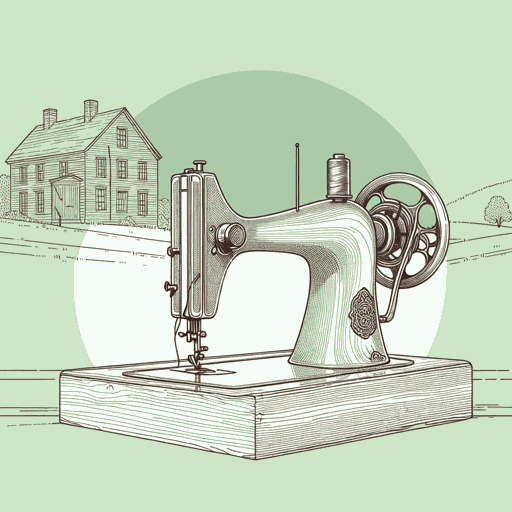49 pages • 1 hour read
Adele MyersThe Tobacco Wives
Fiction | Novel | Adult | Published in 2022A modern alternative to SparkNotes and CliffsNotes, SuperSummary offers high-quality Study Guides with detailed chapter summaries and analysis of major themes, characters, and more.
Background
Historical Context: The Significance of Tobacco Production in North Carolina
The use of tobacco in America dates back over 1,000 years when Indigenous Americans used it for smoking and chewing. After European colonization, tobacco became the most profitable cash crop exported from America. Harvesting tobacco was difficult and skilled work, and white plantation owners used the forced labor of enslaved African people to fund the enterprise. Prior to the mid-19th century, North Carolina’s economy was overshadowed by those of neighboring states like Virginia and South Carolina, who had more diverse agricultural industries like cotton and rice. While tobacco farming was widespread throughout many Southern states in the 1800s, those practices produced dark, heavy leaves that were not preferred by European customers. The climate and soil of the North Carolina Piedmont region provided ideal conditions for growing the desirable and aromatic yellow tobacco leaf that transformed the tobacco industry. Attributed through legend to an enslaved man named Stephen, a rapid curing process that used charcoal instead of wood resulted in this wildly popular bright yellow tobacco leaf. This flue-cured tobacco called “bright leaf” soon became one of the most popular varieties sold. Both small and large farms across North Carolina thrived because of the mounting popularity of tobacco, and soon manufacturers built large factories in cities, leading to industrialization and the employment of thousands of workers across the state.

